With undulating hills that stretch for miles, the Lehigh Valley AVA is a sight to behold. Over 225 acres of vineyards span the hillsides there, with wine grapes benefitting from the exceptional terroir. We took a look at the unique characteristics of this American Viticultural Area, one of five in Pennsylvania.
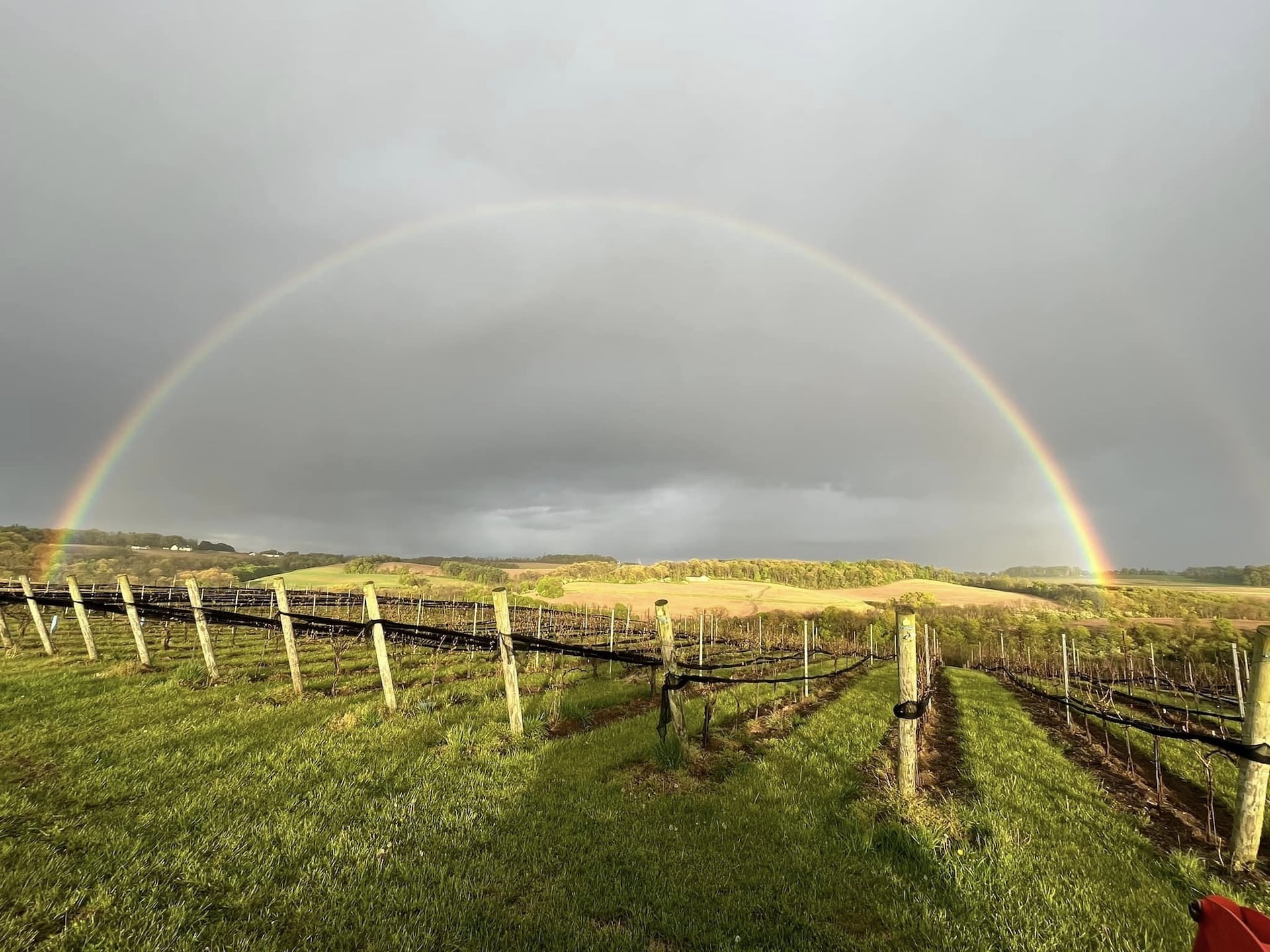
Hobbyist-turned-professional winemaker, Richard Woolley and his wife, Dana, operate Weathered Vineyards & Winery in New Tripoli, Lehigh County. We spoke with Woolley about setting up shop in the Lehigh Valley following decades of travel as a meteorologist, which put him in proximity to some of the country’s finest vineyards. He shared insight into why grapevines flourish in this Pennsylvania AVA, and what wines best showcase its capabilities as a grape-growing region.
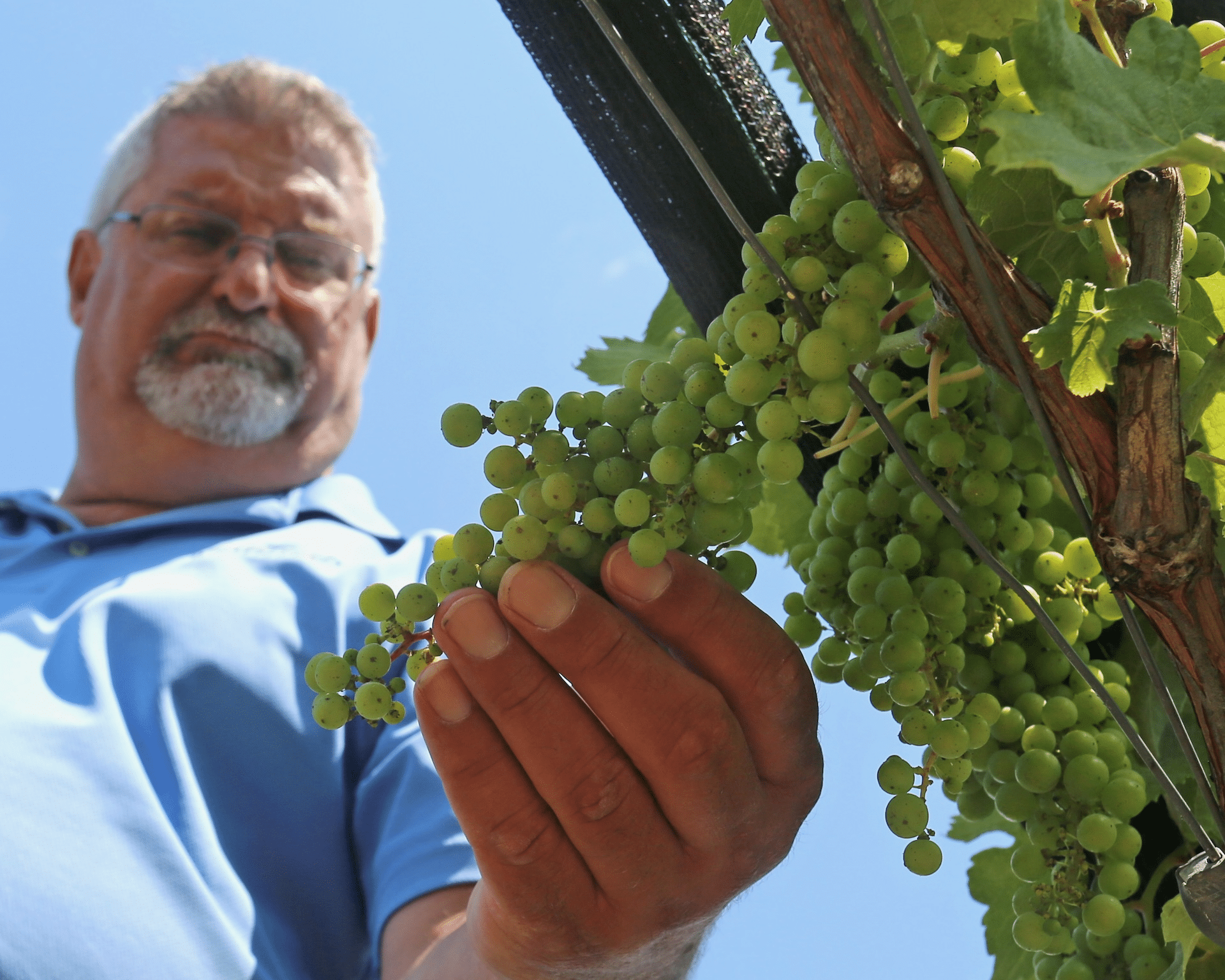
Richard Woolley
Making the Lehigh Valley AVA Home
Over their years together, Richard and Dana Woolley have developed a deep appreciation for wine. As college students in New York, living on shoestring budgets, they enjoyed the (then) free wine tastings at wineries throughout the Finger Lakes. After college, Woolley’s work as a meteorologist took them to winemaking hubs throughout the country.
In New Mexico, the Woolleys stumbled upon a burgeoning wine scene, with Gruet méthode Champenoise sparkling wines produced in Albuquerque. A few years later, they moved to Reno, Nevada, where they regularly made the quick journey over the Sierra Nevadas to California’s wine country. When they eventually moved to the Lehigh Valley, they’d developed a taste for bone-dry wines, something they weren’t sure they could find in the region.

On a whim one day, they stopped in at Blair Vineyards (now Setter Ridge) off of Interstate 78. “We met the owner, Richard Blair, and started tasting a few of his wines,” recalls Woolley. “We were like, ‘Holy cow! Someone in PA knows how to make a dry wine.’”
At this point, Woolley was dabbling with winemaking, himself, using winemaking kits his wife bought. Though he made many cases of wine, he wasn’t always able to try the finished product. “We made the wine. We bottled it. And then, it has to age about six months to a year to really improve its flavor,” he says. “During that time, we moved. The moving man doesn’t take wine across state lines — it’s not legal. So, I just gave it to the neighbors. I said, ‘Knock yourselves out. I have no idea how it’s going to taste.’”
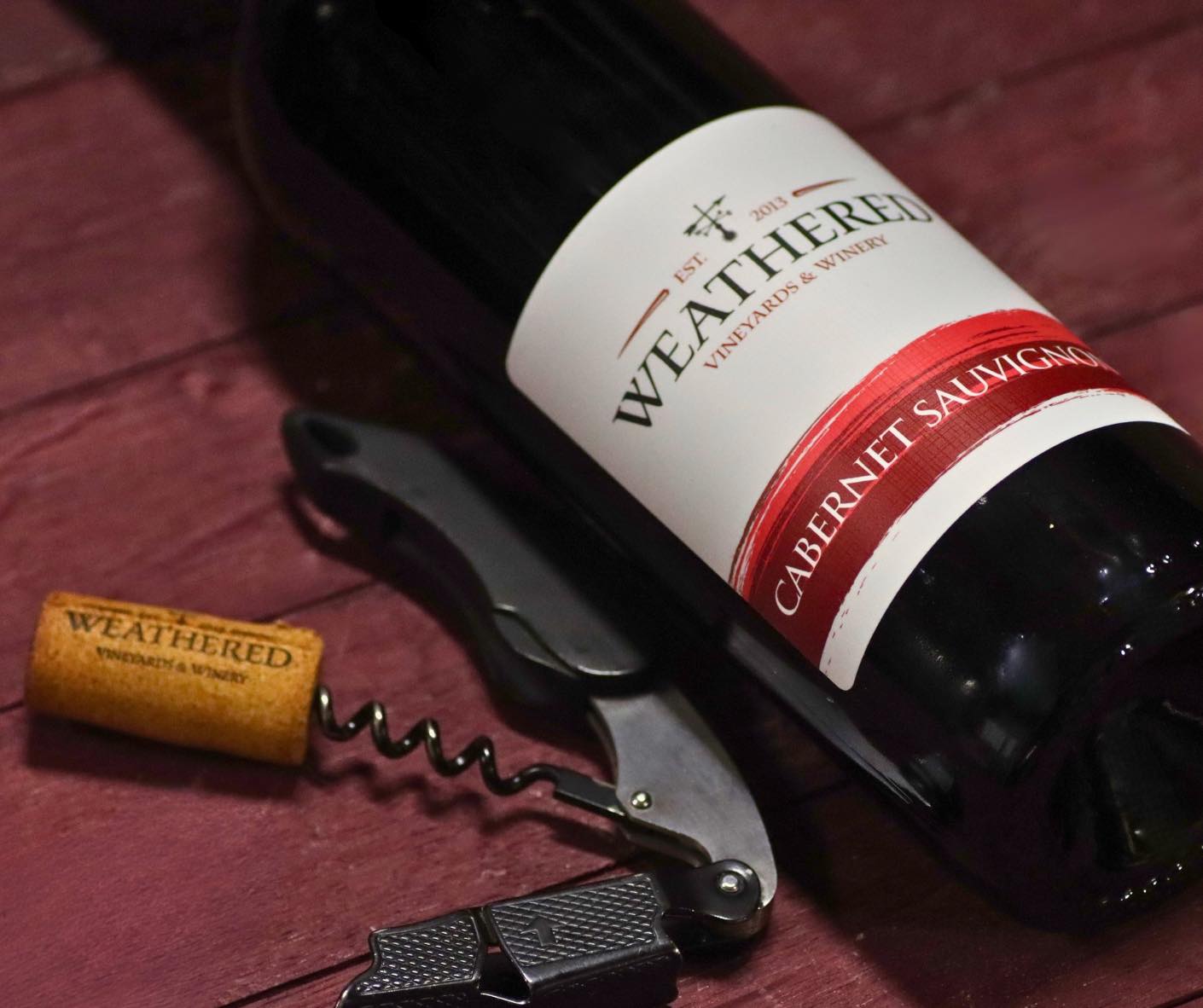
A year or so later, he got a call. Buried under feet of snow one day, the neighbors had opened his wine, and they loved it. “I just kind of shook my head and said, ‘Well, it worked!’” recalls Woolley. He got the same response years later when they relocated again, leaving more wine behind, and when he brought bottles to neighborhood parties after settling in Pennsylvania.
With plenty of accolades and encouragement from the community, and a growing passion for enology, the Woolleys decided to go all in. They had advice from Richard Blair and the help of a local realtor as they searched for a property and set up shop in New Tripoli.
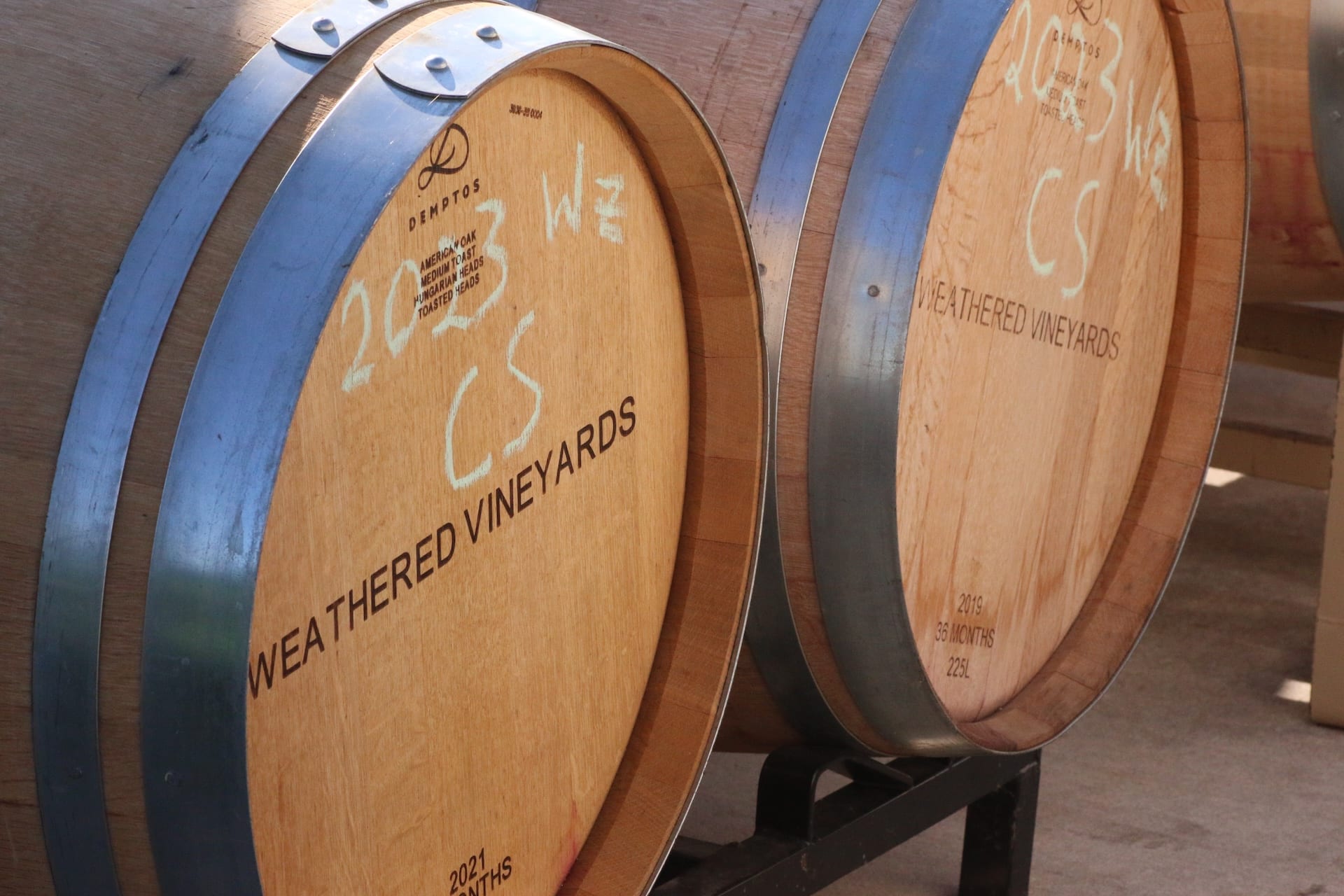
The Woolleys learned the nuances of the Lehigh Valley AVA the hard way. “We pretty much did everything wrong that we could do wrong,” jokes Woolley. He and his wife planted several acres, but lost most of it to severe cold. “Brand-new vines don’t like frigid winters,” he explains. They replanted the vineyard, opened a tasting room and then built a house on the property. “It’s been a rollercoaster, with polar vortexes, the wettest summers on record, COVID, and a few more curveballs in there.” Nonetheless, Weathered Vineyards & Winery has emerged as one of the region’s beloved wineries and an exemplar of the AVA’s potential.
Features of the Lehigh Valley AVA
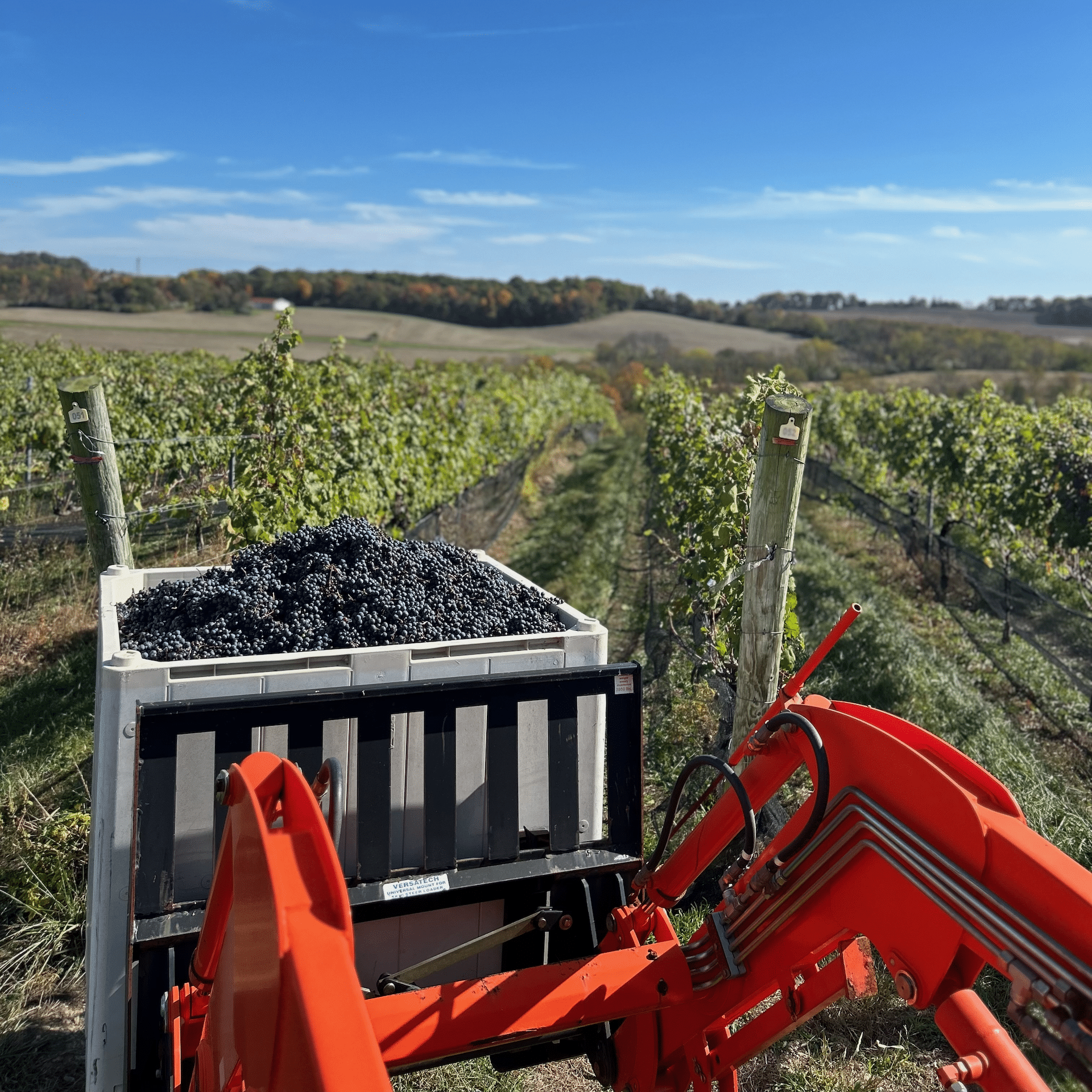
The Lehigh Valley AVA, founded in 2008, spans over 1,800 square miles and six counties. It runs up through the Pennsylvania Slate Belt of Northampton County to the north and east, and down toward Kutztown, dipping into Berks county at its southwest end.
The majority of the 30+ vineyards in the Lehigh Valley AVA sit on hillsides. The hillside soil is predominantly shale-based loam, versus clay-based soil in the valleys. Woolley likens the soil to poker chips. “When you dig it up with a backhoe and dump it in a pile, the shale bits sound like chips falling on a poker table.”
Beneath this shale soil is a shale bedrock, typically about four to eight feet below. All of this shale is key to the AVA’s success. Woolley says, “if you ever actually dig into it, you’ll see that there’s a whole lot of air and empty spaces down there. That provides an excellent opportunity for drainage. The reason why the Lehigh Valley is a unique little spot for growing grapes is because of that drainage. We could get five inches of rain and, two days later, not even know it. It just soaks into the shale and disappears, really quickly. One of the unwritten rules about grape-growing is that grapes don’t like wet feet. If you have soils that drain really well, the grapes will do just fine.”
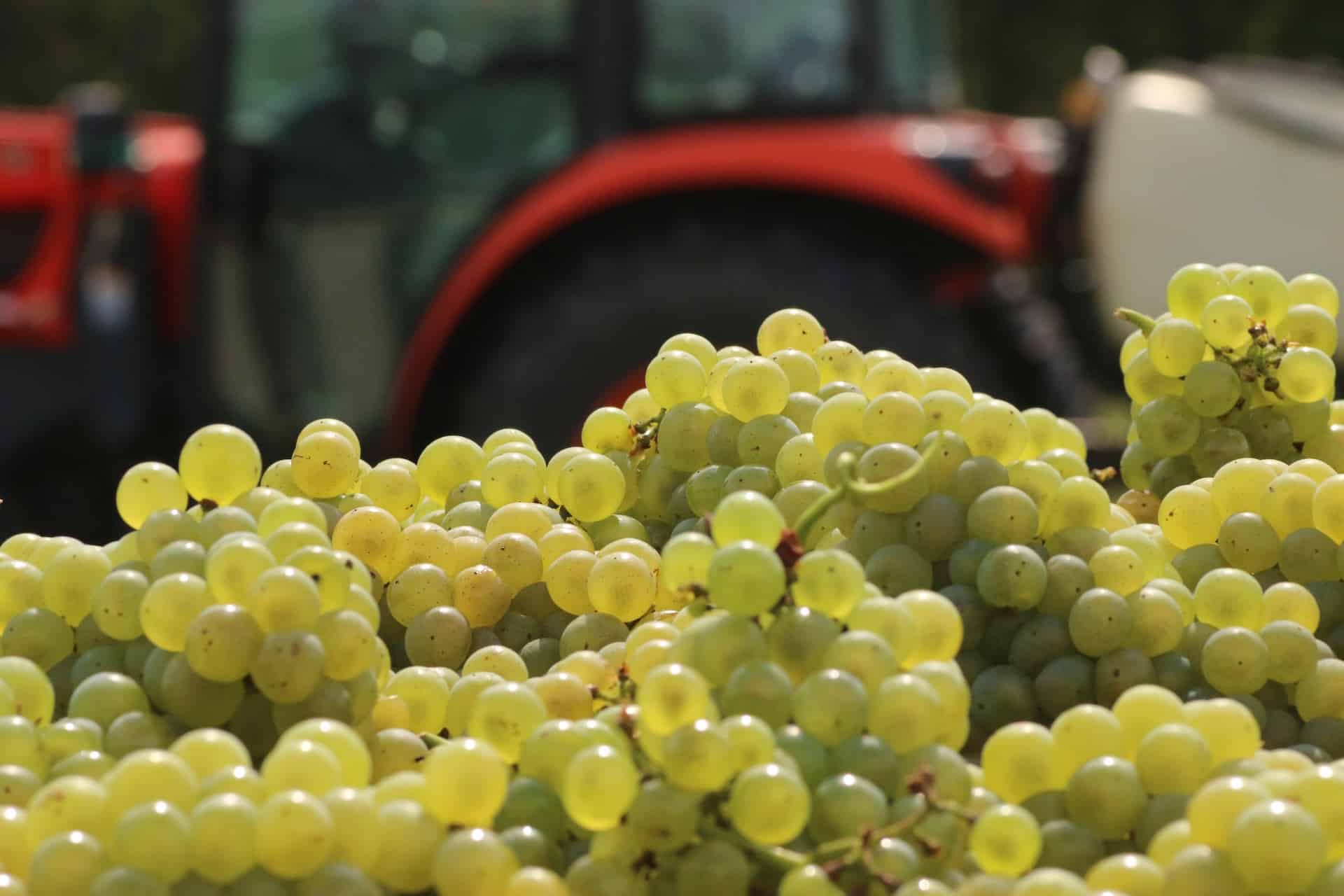
Grapevines are unique and unlike other crops when it comes to shale soils, or the granite soils closer to Kutztown. Woolley says that properties struggling to produce other crops in the Lehigh Valley AVA are often ideal locations for wine grapes. “If the hilltop property is growing weak corn, soy or wheat, it’s because there’s no water-holding capacity in the soil, which really limits the yield of those crops. However, the lack of water-holding capacity makes grapevines very, very happy.”
Another special facet of the Lehigh Valley AVA is the microclimate created by the hills and mountains in the region. Woolley puts on his meteorologist hat to explain: “Grapes are very susceptible to frost in the spring and the fall. Hillsides are nice because most of the freeze events around here tend to be what are called ‘radiation frosts,’ as opposed to ‘advective frosts.’ With radiation frost, it actually gets colder at lower elevations and warmer on the hilltops, because the cold air sinks to the bottom of the hill. On my hill, on a clear, calm night, you can stand in the vineyard and feel the air coming down the hillside as it drains down into the valley.”
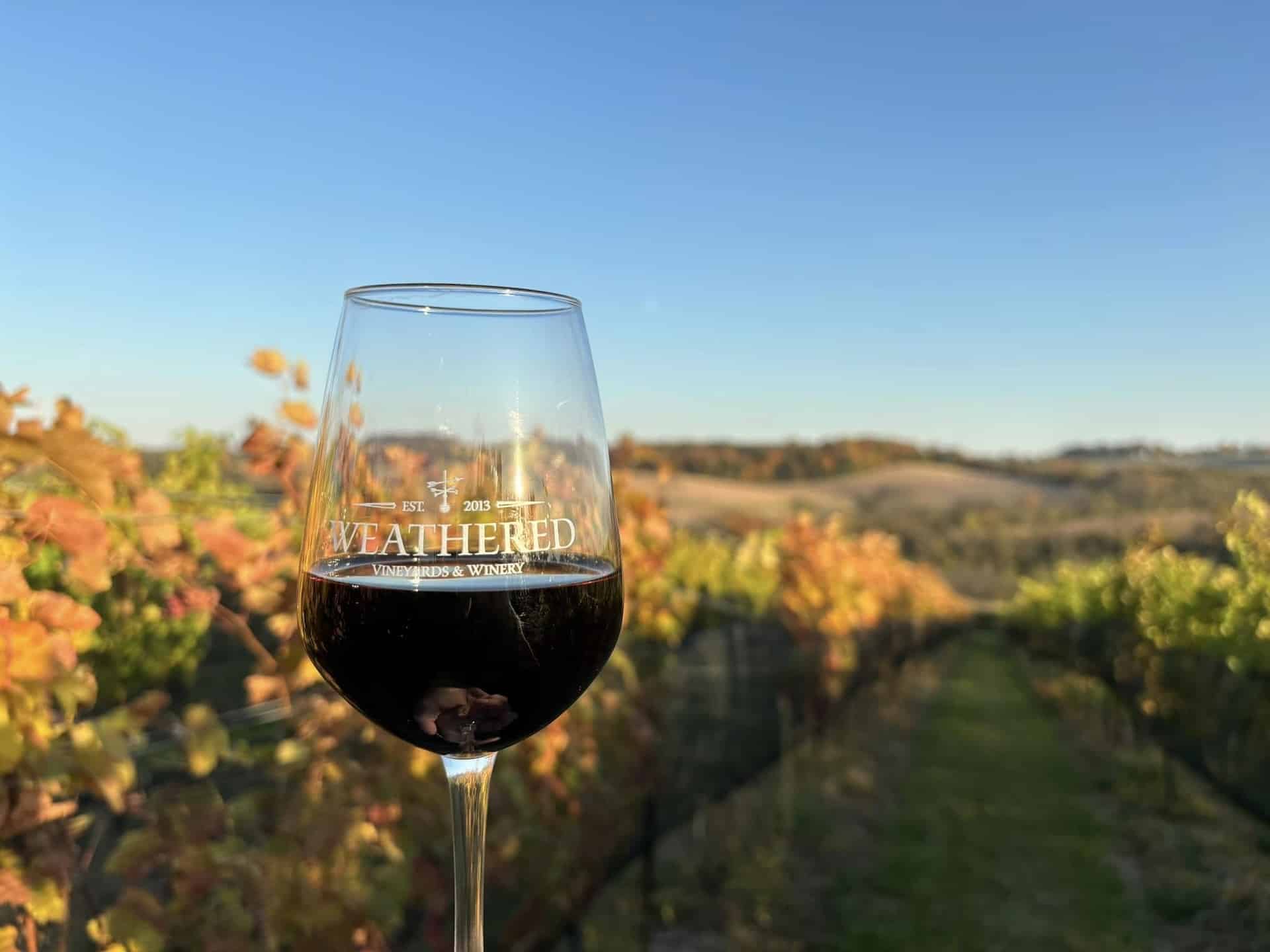
The Lehigh Valley AVA hills are at an ideal grape-growing elevation, about 700-800 feet, as cold air drains away during radiation freezes and advective freezes pass by above.
Woolley says, “In addition to that, many of the hills in the Lehigh Valley face southeast. In the early spring when you have a frost risk, the sun comes up earlier in the northeast. The southeast facing hillside picks up the early sunlight, alleviating the cold on that side of the hill. In the summer, the sun sets in the northwestern sky, so the sun hits that southeastern hillside at a very oblique angle, which allows the temperatures to cool down and lose heat faster as we go into the night. This gives us bigger temperature swings from day to night, which makes better fruit.”
The Grapes and Wines
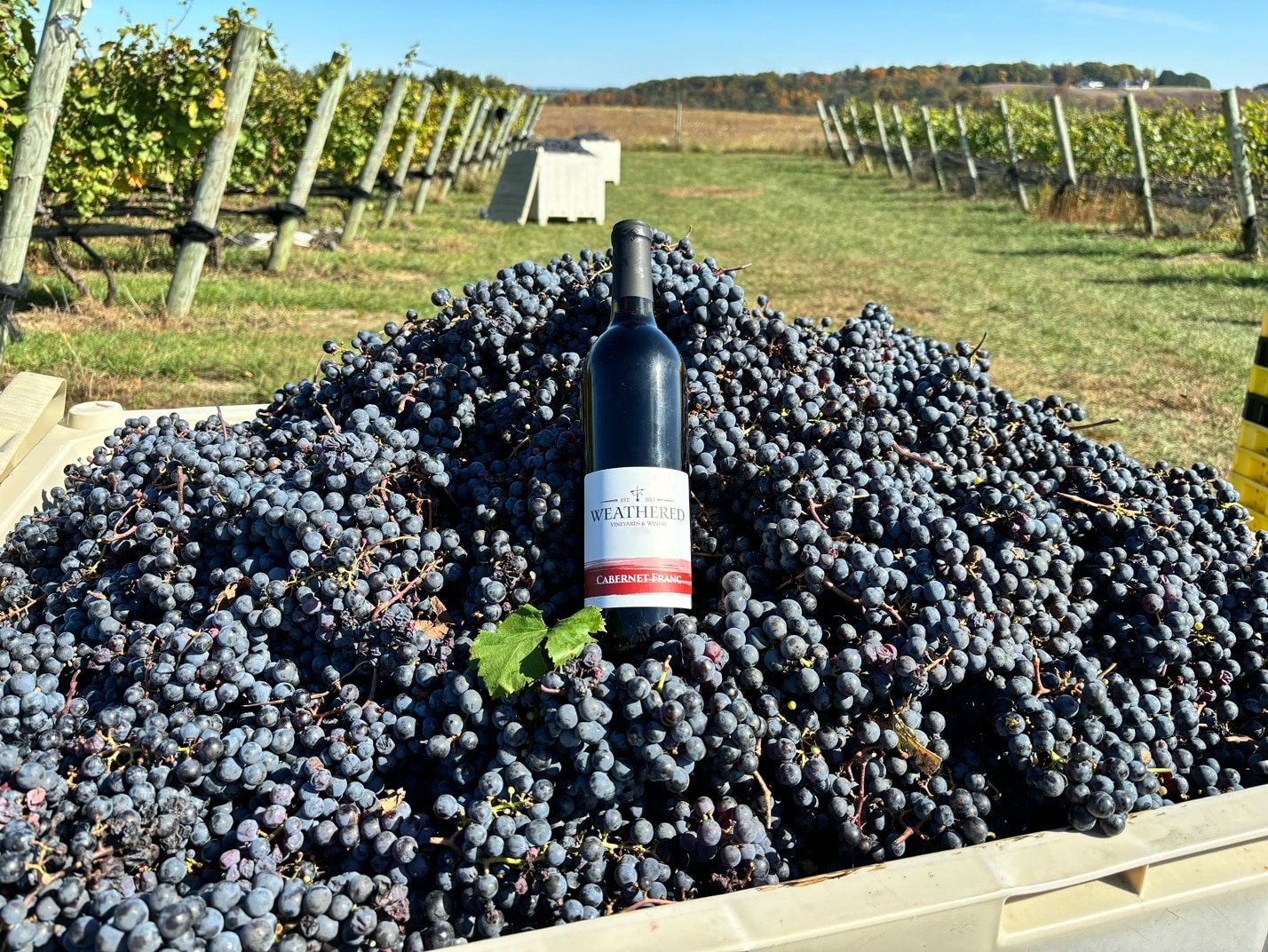
The prolific Lehigh Valley AVA produces grapes for up to about 20 percent of the wine produced in Pennsylvania. The terroir resembles rocky, cool climates of Central and Northern European regions. Its top grapes include vitis vinifera, like Riesling, and Chardonnay and French hybrids, like Charmbourcin, Vidal blanc and Cayuga white. Galen Glen has helped to advance the AVA’s international reputation with its award-winning, dry German-style white wines, including Grüner Veltliner, Riesling and Gewürztraminer.
In general, the success of particular vines can be very site-specific. Pinot noir, Merlot and Cabernet Sauvignon do well in some areas and not in others. While Woolley had trouble with Chambourcin and Sauvignon Blanc, he has found tremendous success with Chardonnay and Cabernet Franc. Hybrids like Arabella, Marquette and Frontenac also thrive.
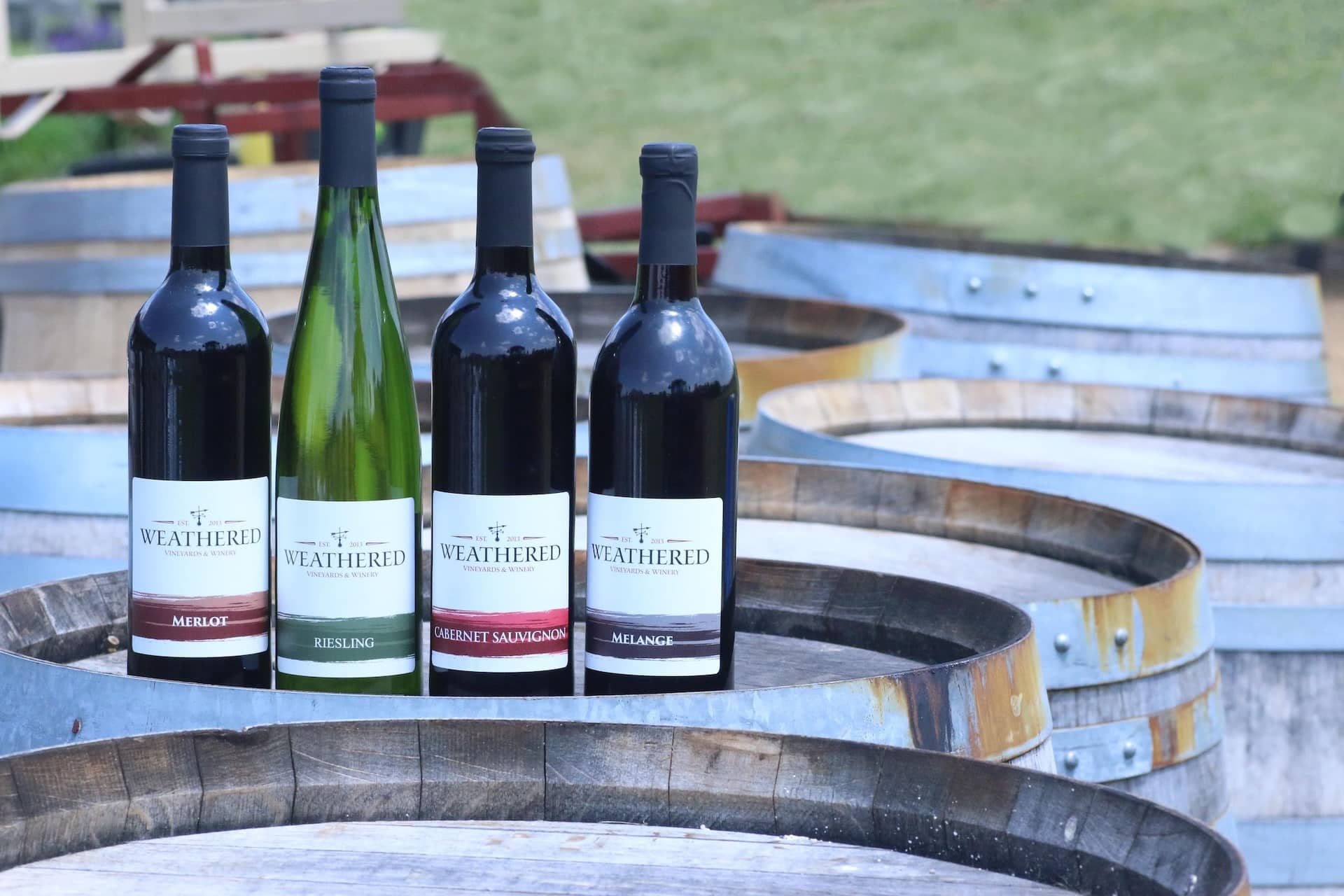
“Every site has its little quirks,” says Woolley. “And, the fun is, you don’t know what that quirk is until you plant the vine. This region is only 40 or 50 years old, at most. So, we’re still figuring out what grows here.”
Of the 15-plus wines at Weathered Vineyards & Winery, the Naked Chardonnay and Mélange red blend are the consumer favorites. The “naked” style Chardonnay ferments in a steel tank instead of an oak barrel, giving it crisp notes of grapefruit and a peach finish. The Mélange includes Merlot, Cabernet Franc and Cabernet Sauvignon in a smooth style popular in Bordeaux, with dark red fruits and vanilla notes.
Visiting the Lehigh Valley AVA
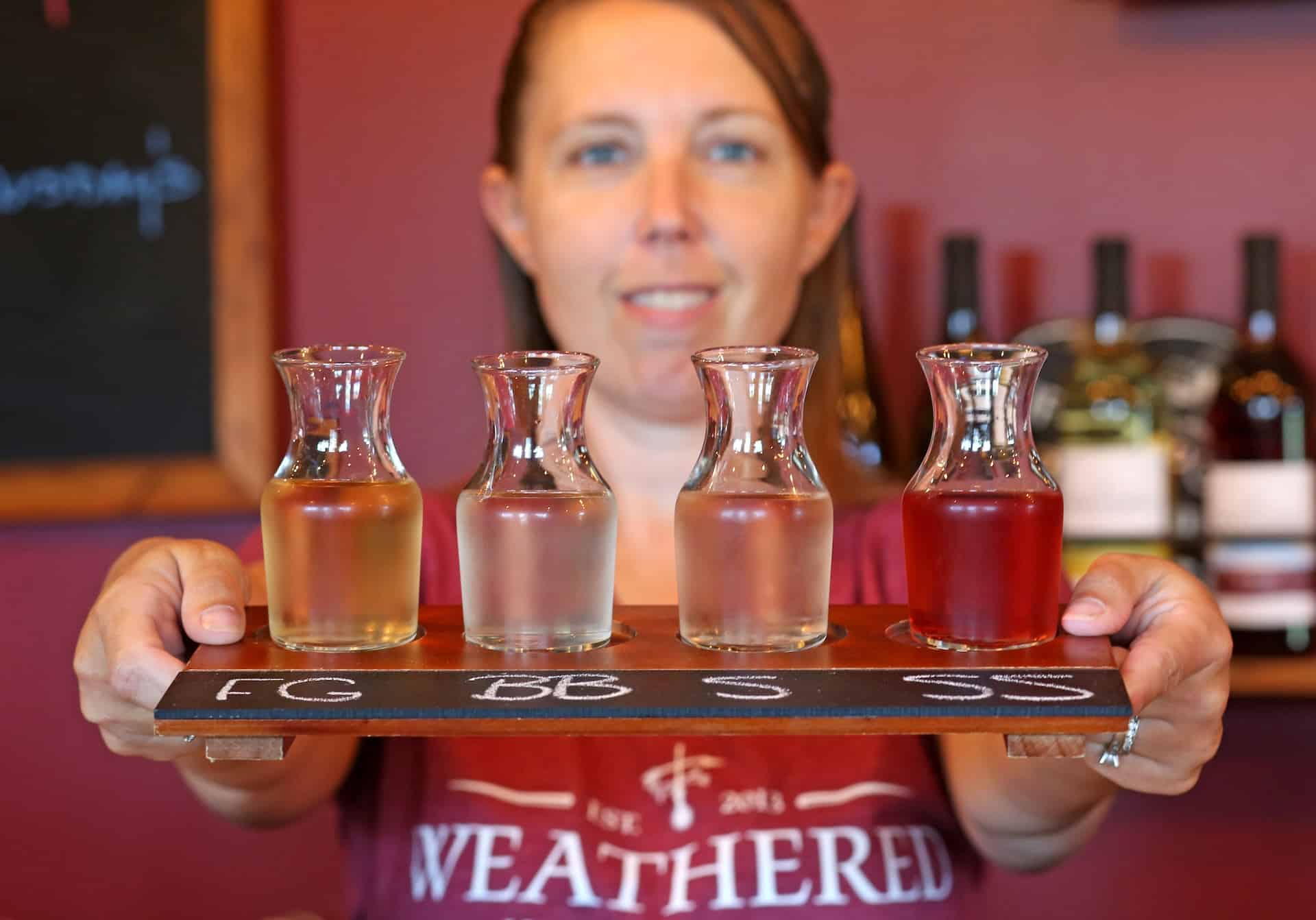
Gina DeLong at Weathered Vineyards & Winery
The best way to taste the terroir of the Lehigh Valley AVA is by visiting its wineries for yourself! You can find a map on Discover Lehigh Valley and plan your visit. The area is about 100 miles from New York City, an hour-and-a-half from Philadelphia, and includes vibrant towns, like Allentown, Bethlehem, Easton and Jim Thorpe within its boundaries.
“Rising tide lifts all boats for us here,” says Woolley. “Anything we can do to help the overall industry in this part of PA is good for everybody. There’s a lot of wineries out here and a lot of good wine being made.”
Find Weathered Vineyards & Winery, open Thursday through Sunday, at 7670 Carpet Rd., New Tripoli; (610) 984-2867.
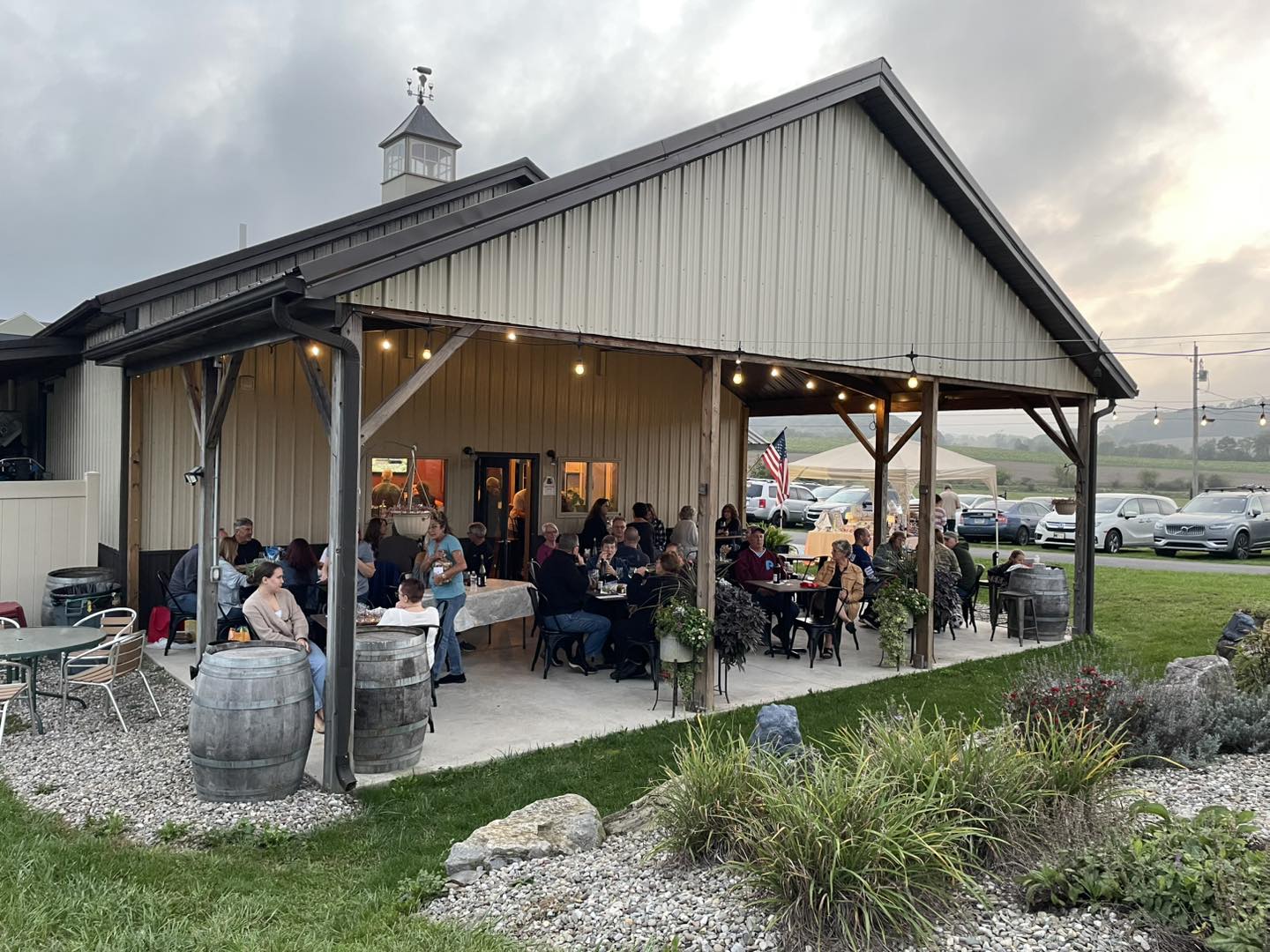
The PA Vines & Wines series was created in collaboration with the Pennsylvania Wine Association.
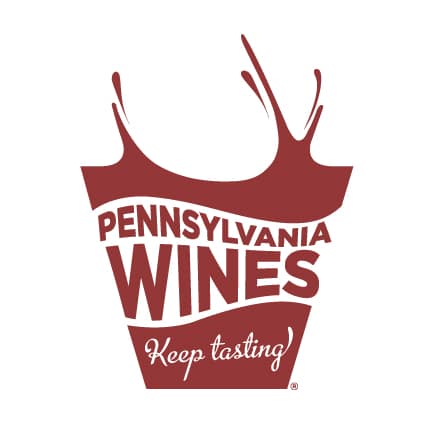
The Pennsylvania Winery Association (PWA) is a trade association that markets and advocates for the limited licensed wineries in Pennsylvania.
- Photos: Weathered Vineyards & Winery
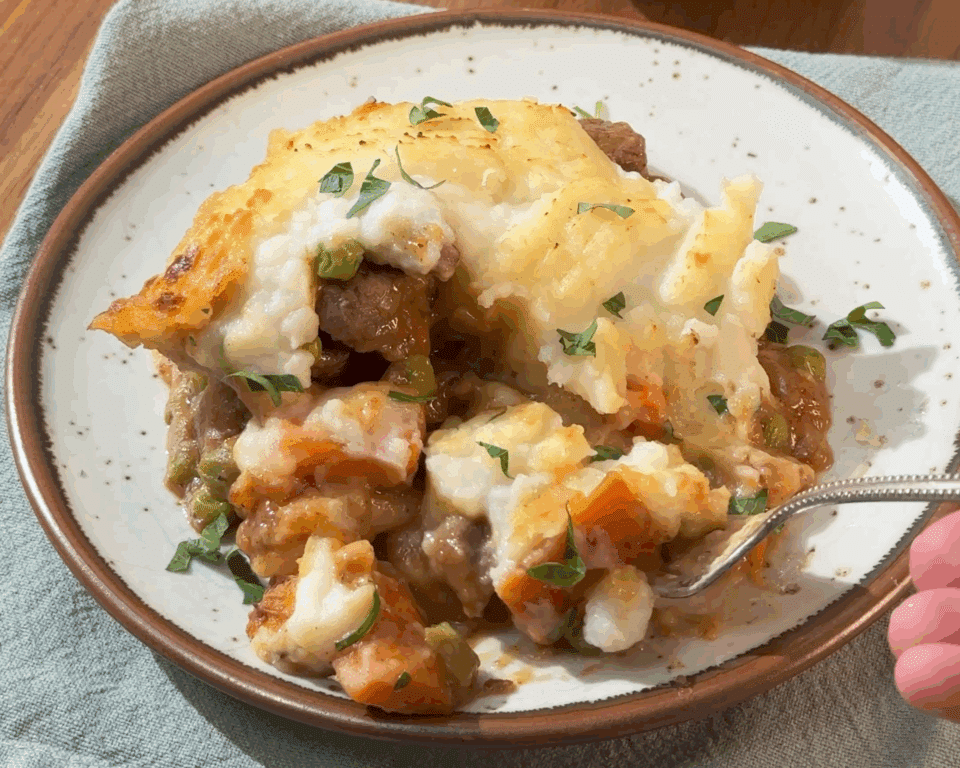
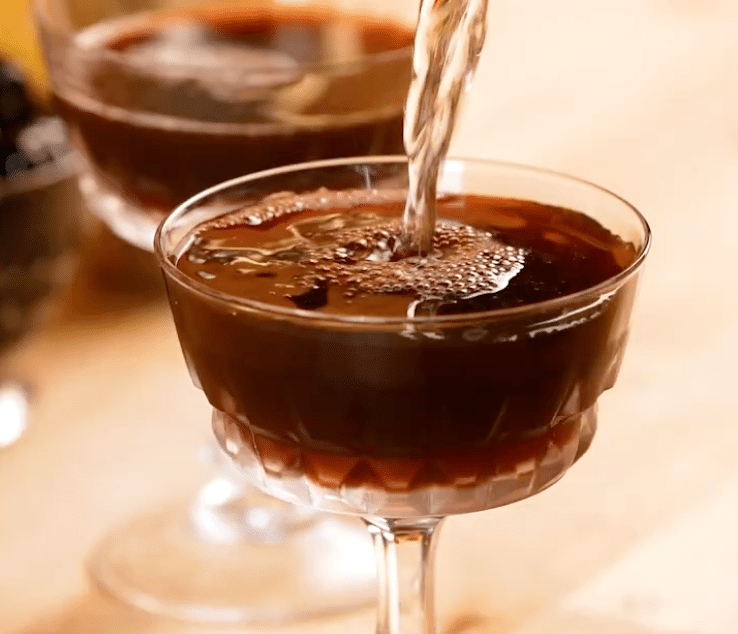
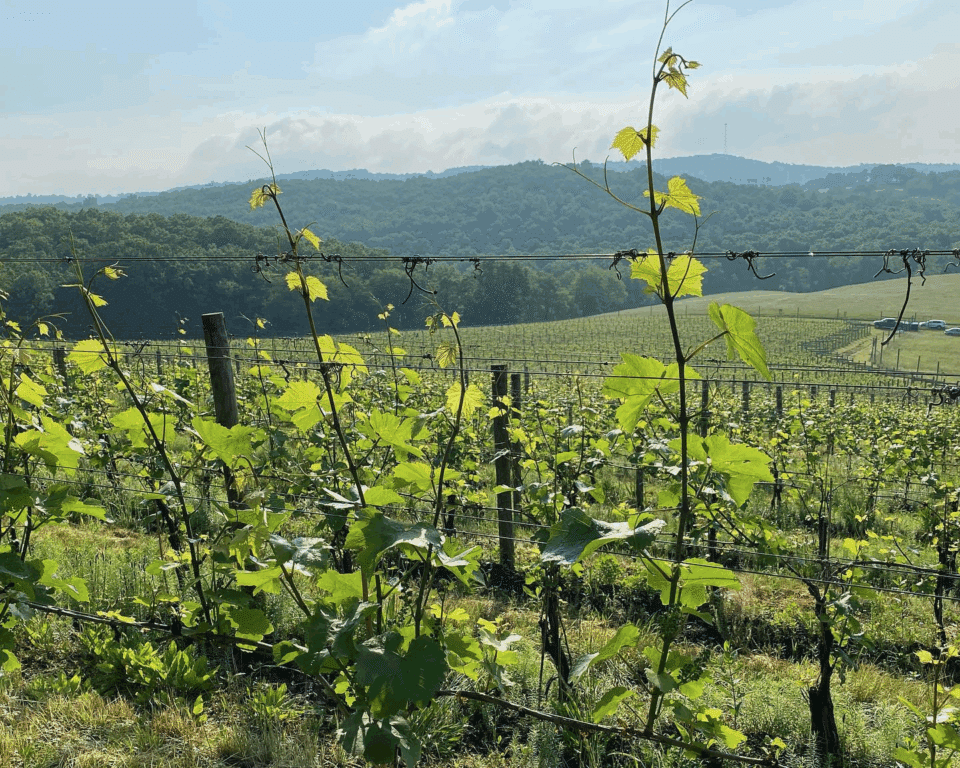
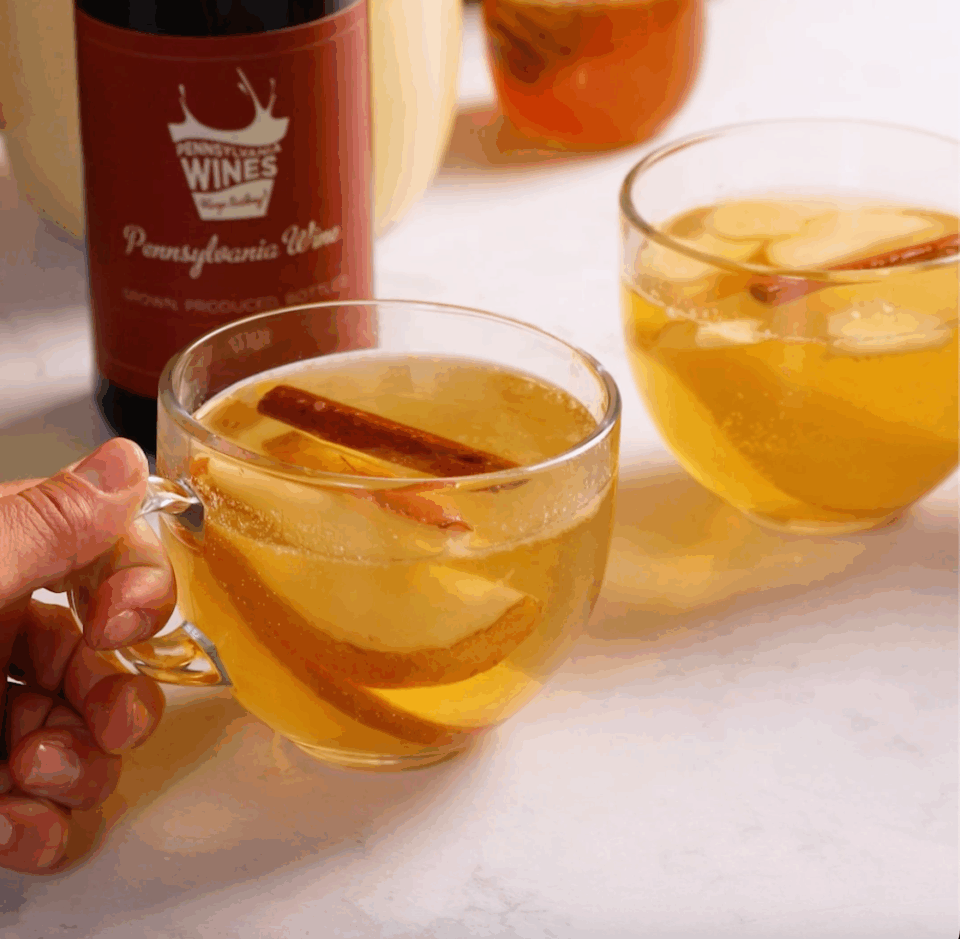

One Comment